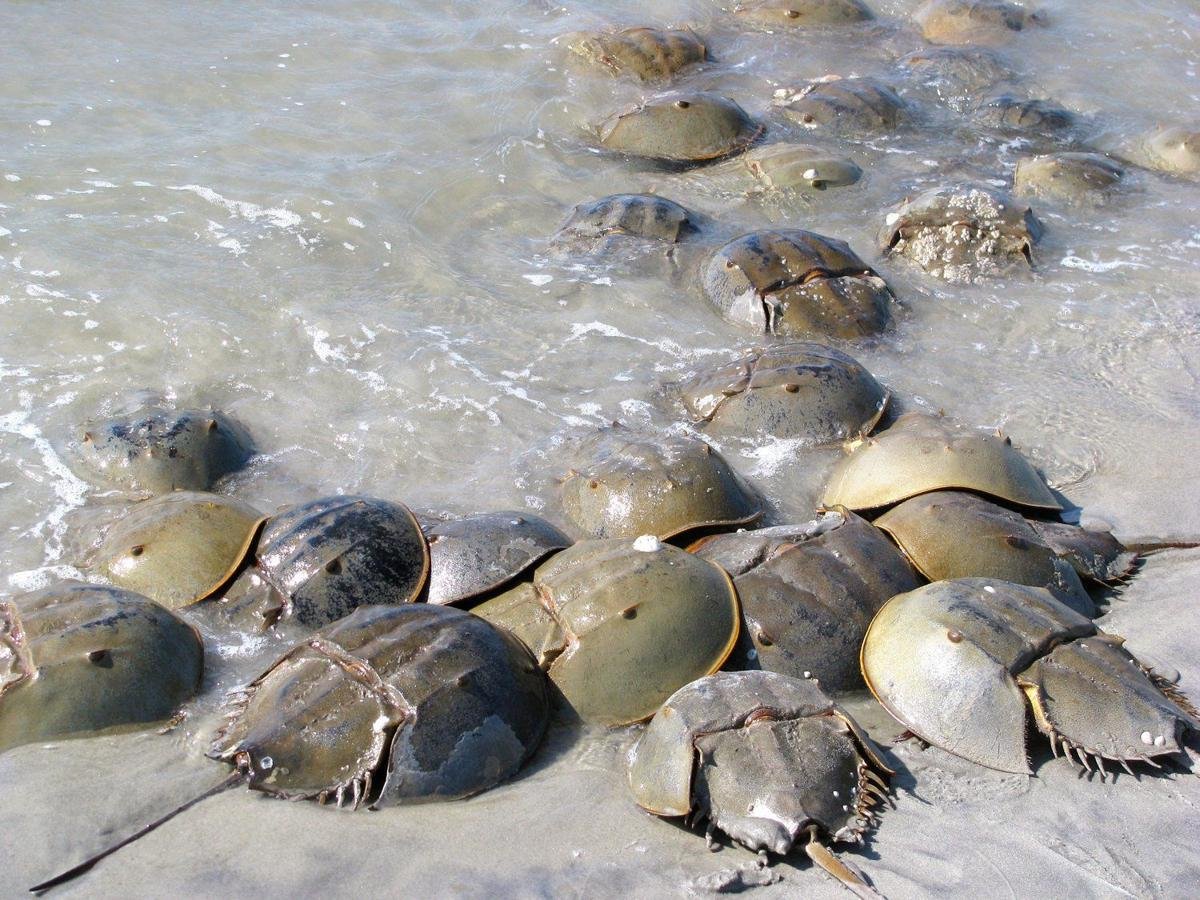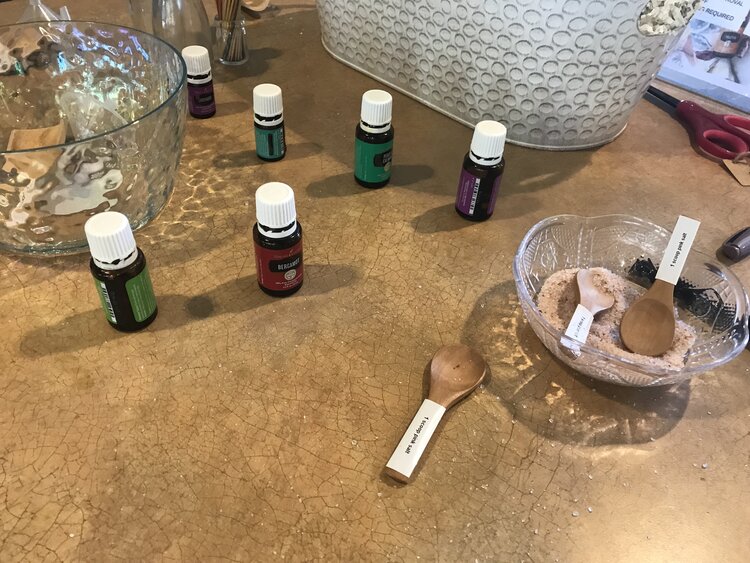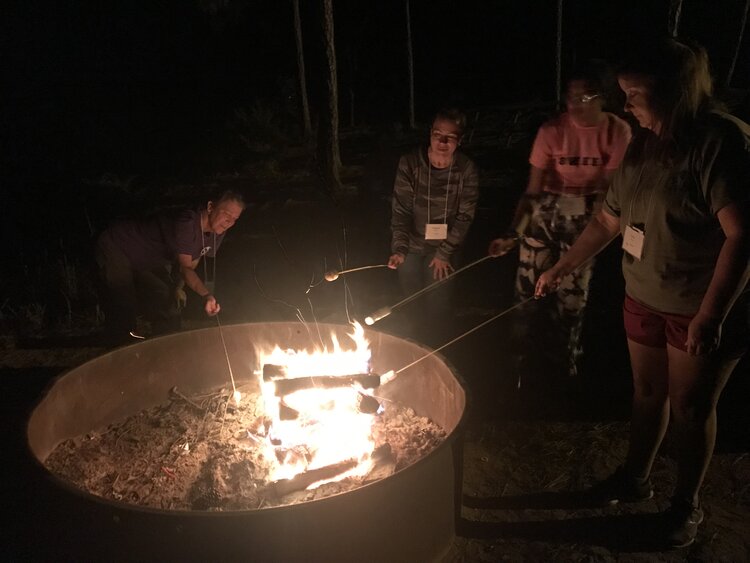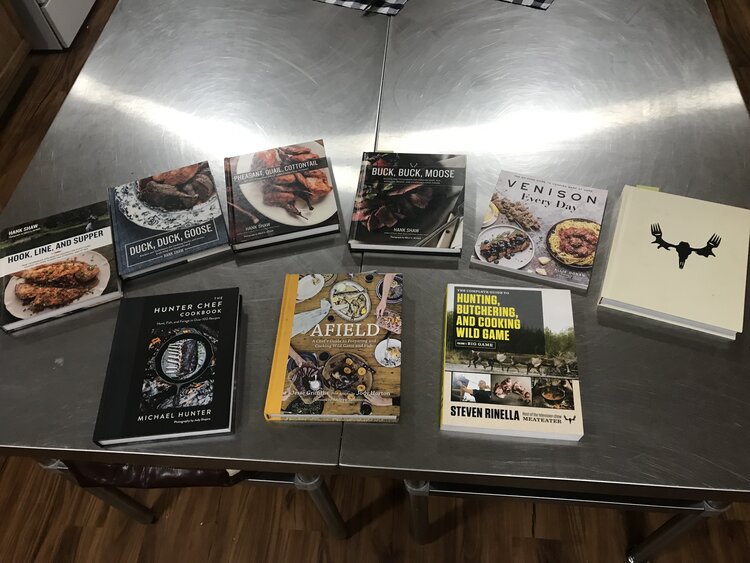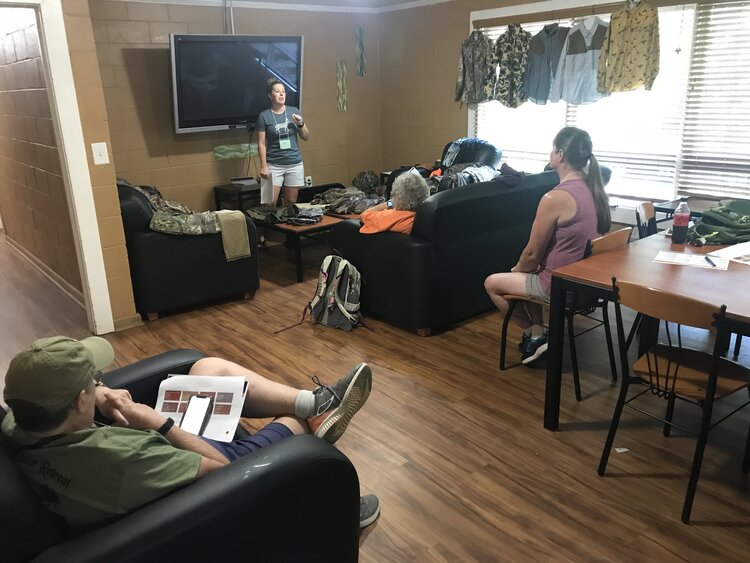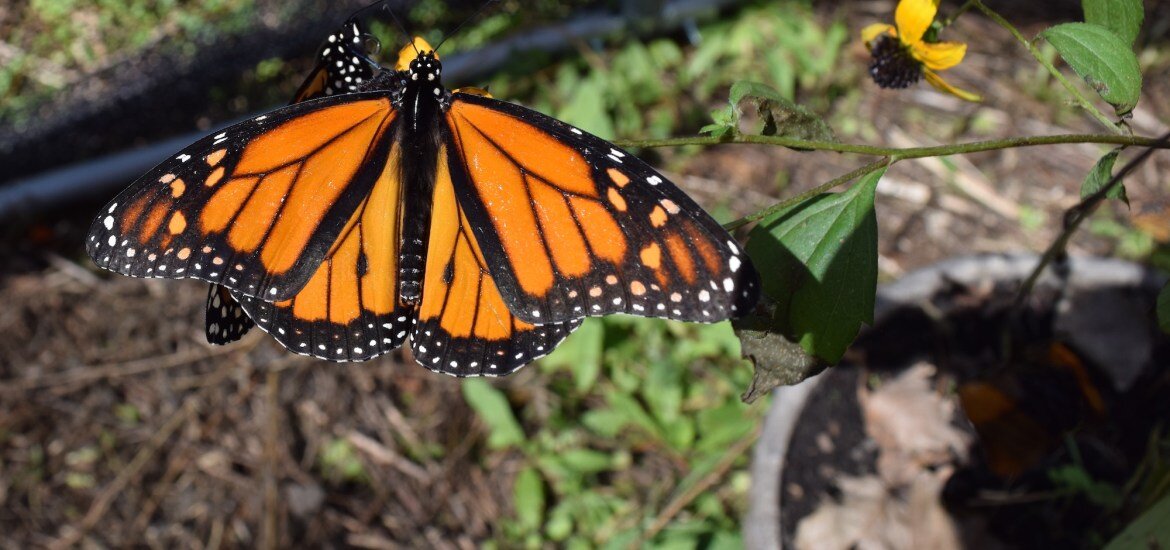By Charlotte Ward (published in Less & Green Blog)
For generations, flutters of orange wings in the spring and fall have delighted people of all ages in South Carolina as they marvel at the migratory monarch butterfly. But populations are dwindling.
According to the Xerces Society, monarch butterfly populations, found east of the Rocky Mountains, used to number in the hundreds of millions but have declined by approximately 80% in the last two decades.
Ever since I moved to the U.S., I’ve had a love affair with monarch butterflies. The Nature Center I worked for in Illinois has an annual Monarch Butterfly Festival where you can get up close to the beautiful insect. Then, when we lived in Northern California we were able to visit a monarch overwintering site, observing big clusters of monarchs hanging from red gum eucalyptus trees at Natural Bridges State Park near Santa Cruz.
Sadly, naturalists at the park reported population numbers falling dramatically over the last two decades highlighting how monarch butterflies now need all the help we can give them.
When I first arrived in Greenville, I reached out to Mayor Knox White to ask him to pledge to help monarch butterflies by planting essential habitats around the city. He responded enthusiastically and with help from Greenville’s Green Ribbon Advisory Committee, a plan was formed.
Earlier this year, White joined leaders across the U.S. in signing the National Wildlife Federation’s Mayors’ Monarch Pledge committing to creating habitat for the monarch butterfly and other pollinator insects.
Pollinator insects like the monarch butterfly are essential because they carry out the vital work of carrying pollen from plant to plant, ensuring that food such as fruits, vegetables, and nuts will grow. According to the nonprofit Pollinator Partnership, pollinators add 217 billion dollars to the global economy. Honey bees alone are responsible for between 1.2 and 5.4 billion dollars in agricultural productivity in the U.S.
Field observers report that milkweed, which monarchs exclusively lay eggs on, is in short supply. Expansions in agriculture have impacted milkweed habitat, and a recent study suggests that neonicotinoid pesticides, previously found to harm bees, may be contributing to the decline of monarchs.
Now, the city of Greenville will join communities and cities nationwide working hard to provide habitat for monarchs and other pollinator insects.
“This year, the Greenville City Council has affirmed that one of the city’s priorities is sustainability and green space,” White told me. “This pledge aligns well with our initiatives to increase green space and create beautiful outdoor spaces for all, including monarch butterflies, to enjoy.”
The city recently added pollinator plants to Sue Simpson Garden at 200 East Camperdown Way and the Cleveland Park Stables site. A variety of shrubs and perennials that attract pollinator insects are earmarked for Unity Park, which opens in the spring of 2022, a city spokeswoman added.
Meanwhile, Greenville County’s four community garden sites all include pollinator plants, and the Trailblazer Park Community Garden in Traveler’s Rest was recently awarded a $1,000 grant from Greater Greenville Master Gardeners.
Aerin Brownlee, Program Coordinator for Gardening Education with Greenville County Parks, said the grant is being used to install a new pollinator garden around the perimeter of the community beds as well as educational signage.
“We hope to entice pollinators and other beneficial insects and wildlife to visit our gardens while educating the public and our garden members of the importance of these types of spaces for our environment,” said Brownlee.
“Pollinator gardens are a space free of insecticides where various plants provide food and shelter for all stages of beneficial insect life. We have included informational signs to explain the benefits of pollinator gardens and how to help pollinators and labels identifying the various plants in the garden.
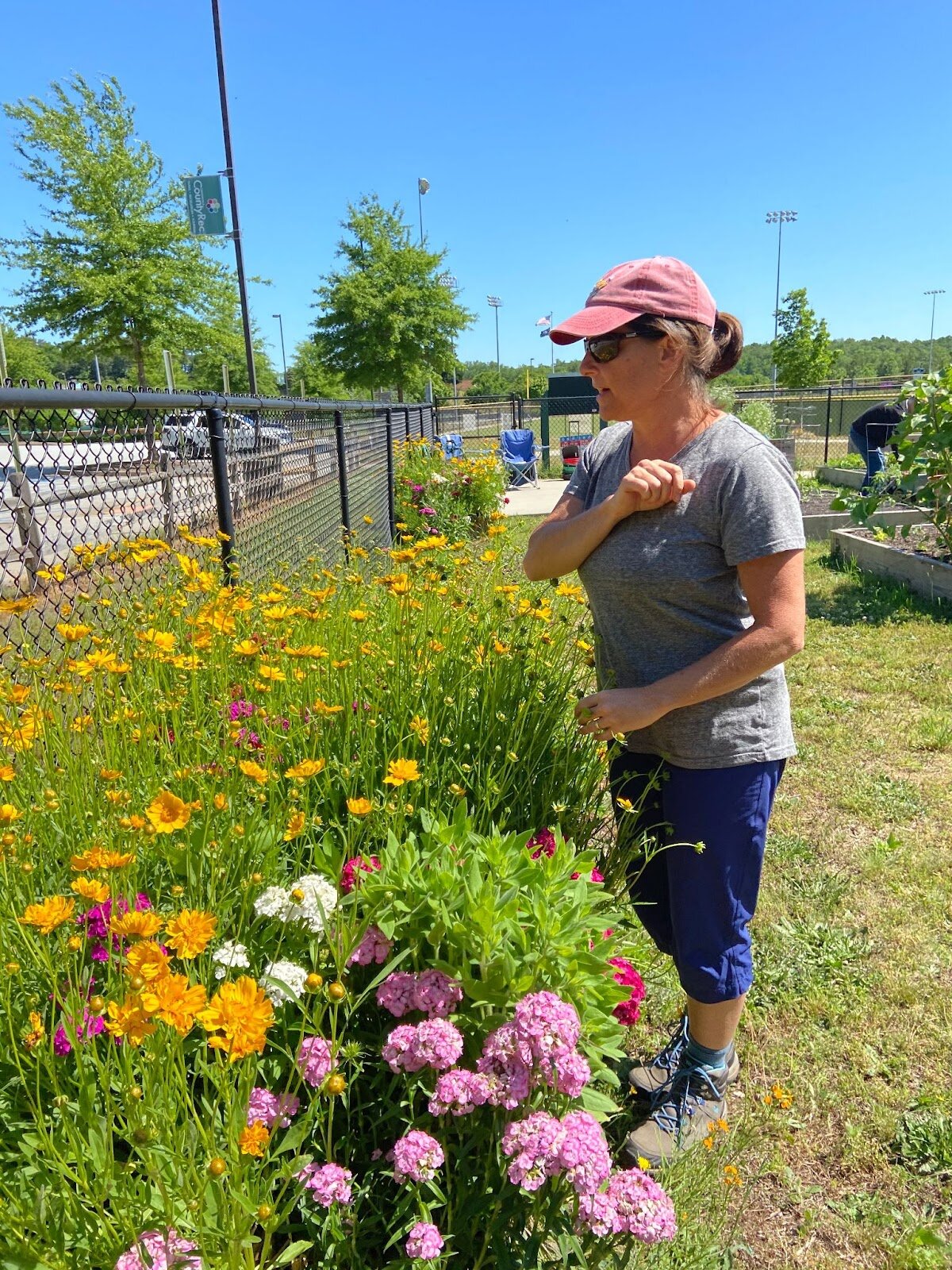
Aerin Brownlee checks on the pollinator plants at Conestee Park Community Garden
“I hope that people visiting the park will be attracted to the plants and colorful signs and be inspired to create pollinator gardens on their land and eliminate pesticide and herbicide use. The more people enjoy the gardens and understand their purpose, the more they will want to advocate for spaces like this in our communities.”
Meanwhile, an army of backyard conservationists in the Upstate are adding native and host plants such as milkweed to their yards. South Carolina Wildlife Federation reports record requests for packets of free milkweed seeds, which the nonprofit offers up annually.
“We got almost 4,000 requests this year,” said Executive Director Sara Green. “It goes up every year. During the pandemic, we’ve seen a huge increase in the number of people contacting us for information about attracting more wildlife to their gardens. There’s a huge increase in the number of people wanting to make their yards better for pollinators and songbirds.”
Greenville resident Amanda Leigh started planting native plants, including milkweed, three years ago and has spotted a steadily rising number of monarch caterpillars and butterflies in her yard.
“I planted a few live milkweed plants and a bunch of seeds three years ago, and everything just took off,” said Leigh. “We had a few caterpillars in late autumn the first year, and then last fall, we had a lot more. This year we got eggs and caterpillars from the spring migration for the first time.”
Leigh described herself as “pretty hands-off.” She mostly leaves nature to run its course but moves a few caterpillars into a net enclosure each season to ensure they survive.
“It’s fun to watch the process and ensure at least a few of the caterpillars make it to butterflies,” she said.
Leigh would like to see more of her neighbors planting milkweed and laying off the pesticides in their backyards.
“I think a lot of people understand how important pollinators are but aren’t as aware of how to help protect them and promote them,” she added. “Roadside spraying has depleted a lot of the milkweed supply in the country, so planting a lot of native host plants and nectar plants is important. We also need to skip the herbicides and the insecticides that kill pollinators.”
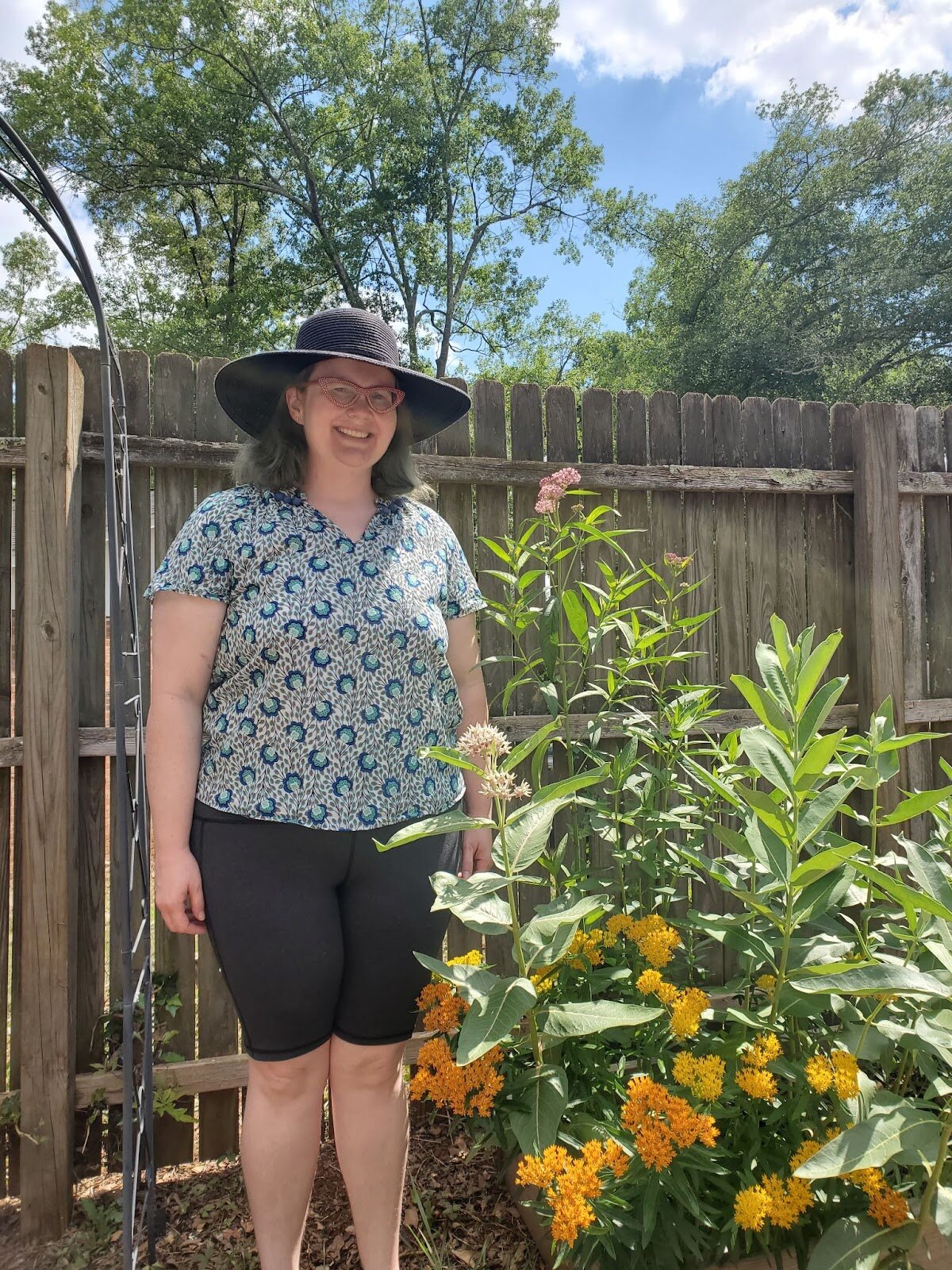
Amanda Leigh is photographed in her yard next to her milkweed plants
Elsewhere in the county, Greer resident Kelly Long has released almost 100 butterflies she raised at home at the opening of the City of Greer’s new Kids Planet butterfly garden at Century Park.
“I started working to save the monarch butterfly about four years ago,” said Long. “We’re experiencing urban sprawl, which is not bad, but one downside is we are losing our wildlife habitats. That’s why monarchs are in danger because there is no habitat.
“At the time, I noticed birds eating the caterpillars off my milkweed. I thought, if I bring them in maybe I’ll have better success? Sure enough, that first year I got about 100 butterflies compared to ten the year before.”
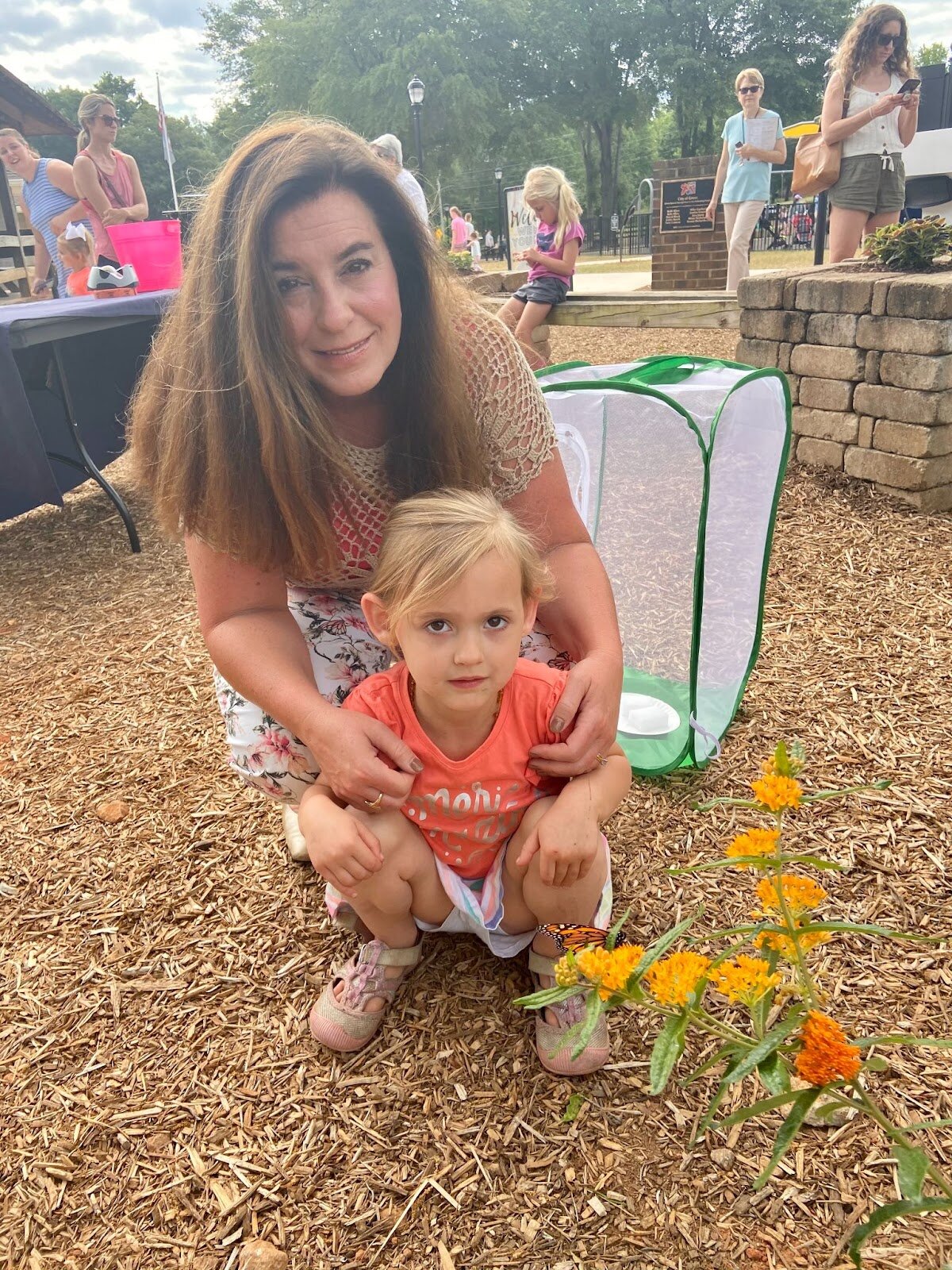
Kelly Long and granddaughter Harper at the first butterfly release at the City of Greer’s new Kids Planet butterfly garden at Century Park last spring.
Long documents her efforts to raise monarch butterflies on her Facebook page The Southern Monarch, offering titbits about growing habitat and helping butterflies flourish.
“I tell people to start by planting milkweed and then get seeds and sow them around your plants in a circle,” said Long. “The bigger your patch is, the more likely monarchs will find it. The plants self-propagate, but you can help your habitat by adding more seeds. The flowers attract hummingbirds too.”
Long is working with the Camellia Garden Club of Greer to get the city certified as a Community Wildlife Habitat that will aid other wildlife like birds, hummingbirds, and skunks.
“We created a program to get Greer certified, and we are within 50 households of achieving that,” Long said. “Anyone can get their yard certified by seeing if they match the National Wildlife Federation’s criteria online and registering. It can be any wildlife – birds, hummingbirds, skunks – anything you are trying to preserve. It all helps.”
As monarch population numbers continue to decline, much effort is still needed to save the iconic insect. Yet SCWF’s Sara Green is still optimistic.
“I am hopeful,” she said. “There has been a ton of support from backyard gardeners in recent years. It’s exciting to see how many people are ready to help here in South Carolina. I know there are similar numbers of people across the country.
“Having visited the sanctuaries in Mexico, I know there are also people there who are just as determined to protect them. There is a lot of great conservation work going on, which will positively impact monarch populations.”

Sara Green with husband Will at Cerro Pelon Monarch Butterfly Sanctuary in Mexico
Charlotte Ward is a mother, journalist, and author based in Greenville, SC. Her blog features Practical ways to live greener, use less, tread lightly on nature and advocate for this one planet we rely on – http://lessandgreen.com/
